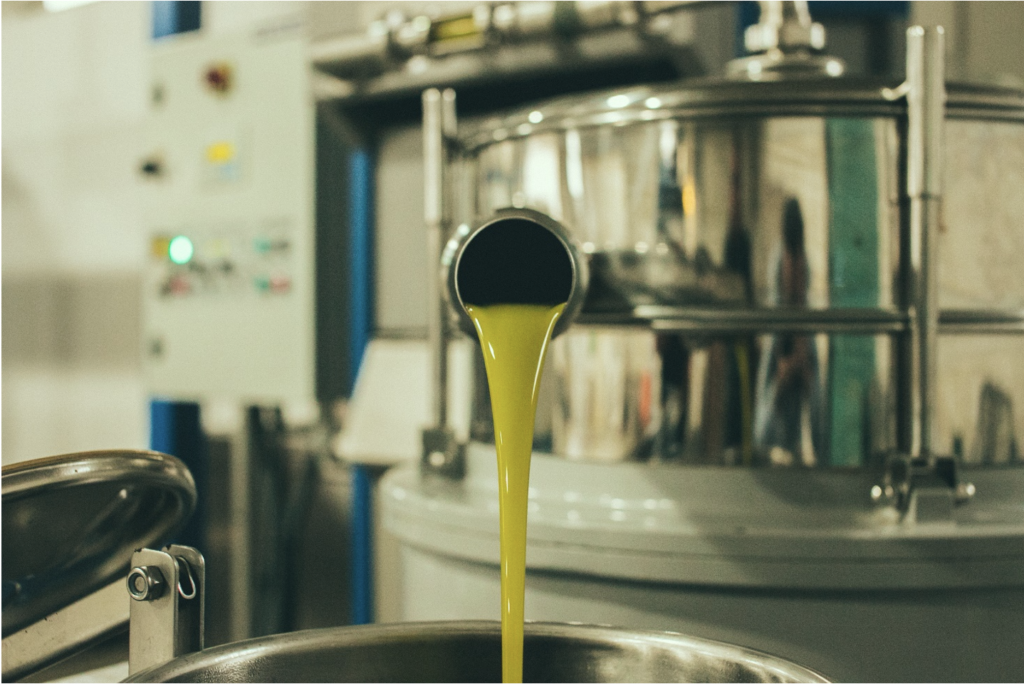Cold extraction of olive oil is a method where the oil is obtained through mechanical pressing at a temperature below 27°C (80.6°F), preserving the oil’s flavor, aroma, and nutritional value. This process, which can be done by pressing or centrifuging the olive paste, is crucial for producing high-quality, extra virgin olive oil.
Here’s a more detailed look at the process:
- Crushing and Malaxation: The olives are first crushed into a paste, followed by a process called malaxation, where the paste is mixed to release oil from the olive mass.
- Extraction: In traditional cold pressing, the paste is pressed to separate the oil from the solid components. Modern cold extraction uses centrifugation to separate the oil, which is more efficient and allows for better temperature control and hygiene.
- Temperature Control: The entire process is carried out at a temperature below 27°C (80.6°F) to prevent heat from degrading the oil’s quality and the valuable nutrients within.
- Benefits:
Preservation of Nutrients:
Cold extraction helps preserve the antioxidants, vitamins, and healthy fats found in olives, making the oil more nutritious.
Fresh Flavor and Aroma:
The absence of excessive heat contributes to a fresher, more flavorful oil with a characteristic fruity aroma.
High-Quality Oil:
Cold extraction is a key factor in producing extra virgin olive oil, known for its quality and nutritional benefits.
In summary, cold extraction is a vital method for producing high-quality olive oil by preserving its natural flavors, aromas, and nutritional value through controlled temperatures and mechanical processes like pressing or centrifugation


